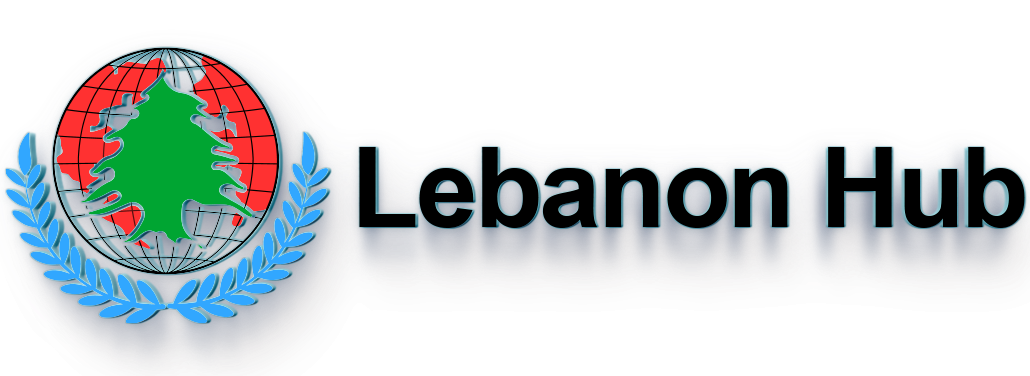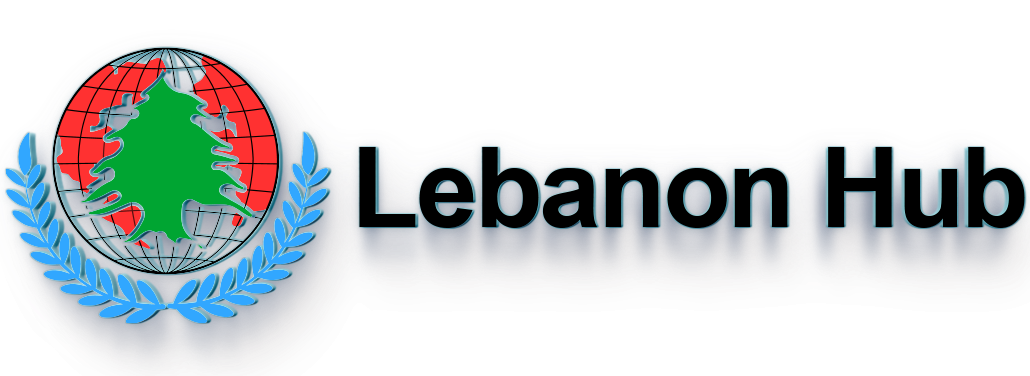Hardcover or paperback? It’s a question every author must answer when preparing to print their book. The choice between these two formats comes down to factors that align with your goals, budget, and target audience. Acutrack, a leading book printing and fulfillment service, helps authors like you make informed decisions and supports them with exceptional printing solutions. Whether you’re self-publishing a novel or distributing educational materials, understanding the differences and benefits of hardcover and paperback formats will guide you to the best choice.
Hardcover books are often considered premium products. They’re durable, visually striking, and ideal for showcasing high-quality content. Customers tend to perceive hardcovers as more valuable and are thus often willing to pay a higher price for them.
On the other hand, paperbacks are lightweight, flexible, and cost-effective to produce, making them more accessible for readers on a budget. The affordability of paperbacks makes them a versatile choice, especially for genres like trade fiction or academic texts.
Think about your target audience and the purpose of your book. Are you creating a collectible piece or a high-end coffee table book? Hardcover may be the ideal choice.
But if you’re targeting a broad audience with a focus on affordability and convenience, a paperback might be more practical. By understanding your readers’ preferences, you’ll have a clearer sense of which format suits your vision and market.
Budget plays a significant role in determining your format as well. Since hardcovers require more materials and specialized binding techniques, they come with higher production costs.
For authors with a smaller budget or those testing a new market, paperbacks offer a lower-risk investment. However, authors who are ready to allocate more resources to create a premium product or increase perceived value might find the higher cost of hardcovers worthwhile.
Consider the distribution strategy for your book. Hardcover books are excellent for brick-and-mortar stores and special events, where their aesthetic appeal can entice buyers.
Paperbacks, meanwhile, are ideal for online orders due to their lightweight nature and lower shipping costs. They’re also easier to incorporate into international distribution channels, offering greater scalability.
Formatting and content layout can influence your decision. A book with rich imagery, such as a cookbook or art book, may benefit from the sturdiness and presentation quality that a hardcover offers.
Conversely, paperback formats are more fitting for novels, instructional guides, or content with a strong emphasis on portability and usability. Additionally, if you’re considering options like spiral-bound printing, especially for workbooks or educational materials, the content type will largely determine the ideal format.
Choosing between hardcover and paperback is rarely a one-size-fits-all decision. Each format serves different purposes and appeals to different audiences. As publishing becomes increasingly agile, finding solutions that align with your objectives is more important than following trends or norms.
To make your decision with confidence and ensure exceptional quality for your book, reach out to Acutrack. Our just-in-time book printing and order fulfillment services make it easy to bring your vision to life and meet your audience’s expectations. Contact Acutrack today to learn more about how we can help with your next book project!


